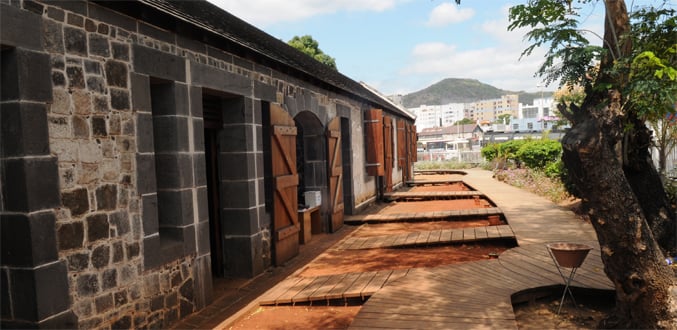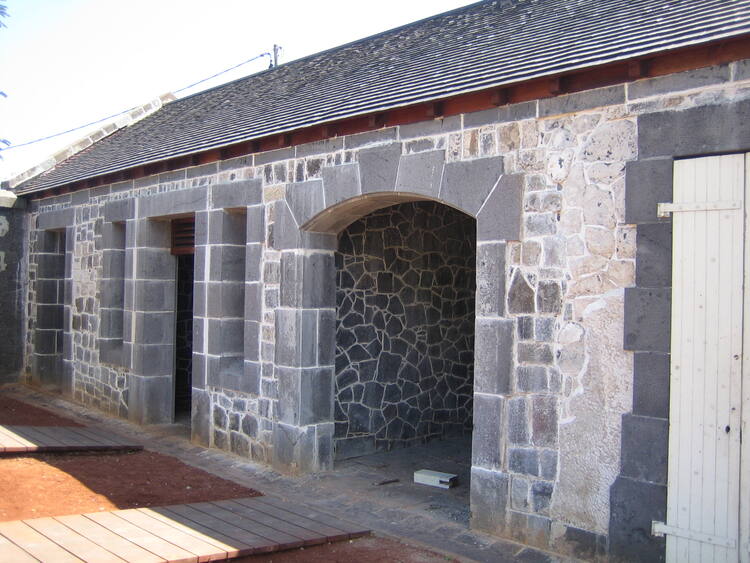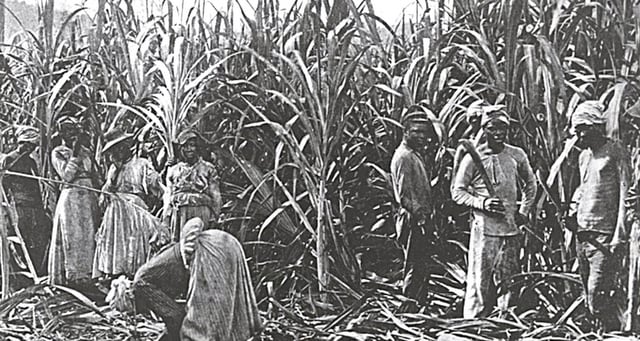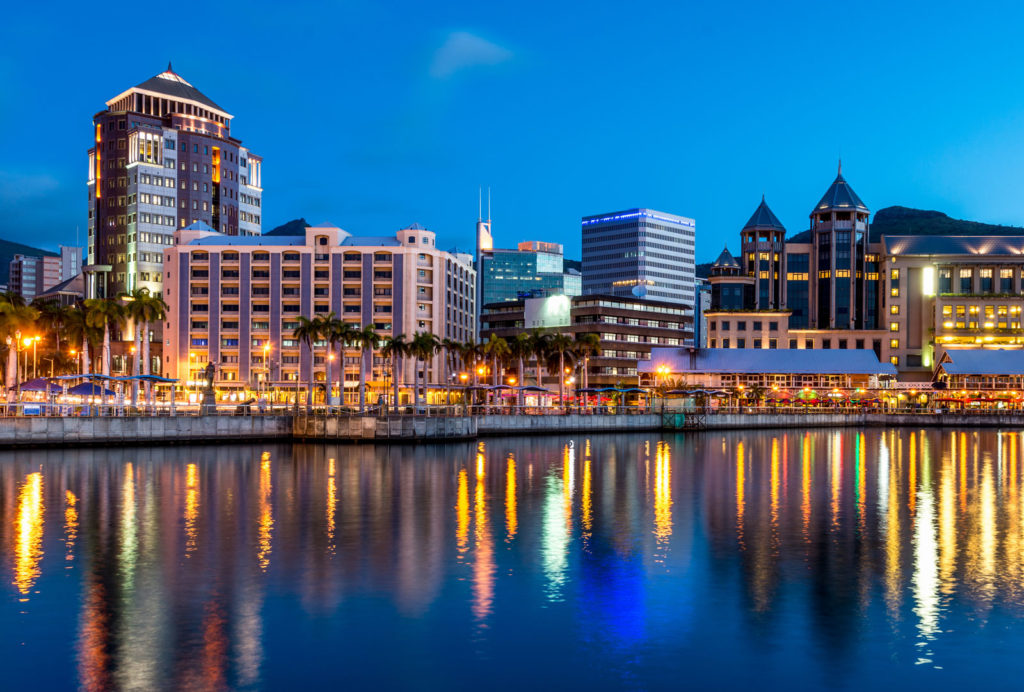Listings
International Buyers
New Developments
Explore
Latest in Reside
- Preferences
Listings
International Buyers
New Developments
Explore
Latest in Reside

An important part of the Mauritian history and culture, the arrival of the indentured laborers on the island, shaped today’s traditions, culture and lifestyle of the locals.
Flashback… It all officially starts in November 1834. Usually associated with the arrival of the Indian laborers in the country, in fact, the laborers came from many more countries including China, Madagascar, mainland Africa, and other Asian countries.
At the dawn of It’s economic construction, Mauritius welcomed these foreign workers to develop the cane industry, a pillar of the economy at that time.
However, their presence as workers on the island, turned out to be a major milestone in the building of the Mauritian society.
If after some years some workers went back to their countries, others stayed on the island and brought their families, which later turned Mauritius into a melting pot of cultures, religions, and communities, all living in peace and respect of each other’s lifestyle.
Now, the 2nd of November is a public holiday to commemorate this part of the island’s history.

They were 36 indentured laborers from Calcutta in India to first set foot on the island, paving the way for thousands more to come later on.
System introduced after the abolition of slavery, the immigrants came to Mauritius for 5 years and for a monthly salary of Rs 5, I.e, slightly more than 1 South African Rand now, while food and clothing were also given to the workers.

For the background, the British Parliament passed the Slavery Abolition Act in 1833, to be effective in 1834. In Mauritius, slavery ended on the 1st of February 1835.
So, laborers of African origins started working in 1835, but the conditions of employment are still quite unclear as if they were paid, provided housing, clothing, and food, most of them were unfamiliar with the English language while signing their contracts. However, the same could be said about some Indian workers.

The manpower, base of the economic rise of Mauritius at that time, all arrived at the immigration depot in Port-Louis.
They had to spend about two days at the “Coolie Ghat”, a UNESCO World Heritage Site, now known as the “Aapravasi Ghat”, and described as the “earliest explicit manifestations of what was to become a global economic system and one of the greatest migrations in history”, by the UNESCO.
Published on October 28, 2021 by Laetitia Melidor